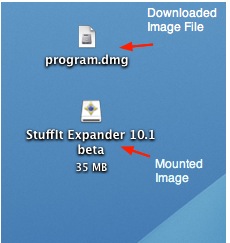

- Install cd for mac how to#
- Install cd for mac install#
- Install cd for mac password#
- Install cd for mac download#
Click the Erase button at the top of the window.If you don’t see it, go to View > Show All Devices. Select your new hard drive from the sidebar.How do I use Disk Utility to reformat my hard drive? Otherwise, you can skip this step and do it from the Utilities page during the macOS or OS X installation. If your Mac doesn’t work, you can do this using a second Mac and an external hard drive caddy.

It’s easy to reformat your hard drive using Disk Utility in macOS or OS X. Disk Utility can be used to format external drives as well. If you don’t want to lose data from your hard drive, export the data or back it up before continuing. You may need to reformat your new hard drive before installing macOS or OS X on it. macOS could not be installed, how-to fixįormat your new hard drive for macOS or OS X.
Install cd for mac how to#
Install cd for mac install#
Install cd for mac download#

You can now quit Terminal and eject the volume.

Terminal doesn't show any characters as you type your password.
Install cd for mac password#
When prompted, type your administrator password and press Return again.* If your Mac is using macOS Sierra or earlier, include the -applicationpath argument and installer path, similar to the way this was done in the command for El Capitan. Sudo /Applications/Install\ OS\ X\ El\ Capitan.app/Contents/Resources/createinstallmedia -volume /Volumes/ MyVolume -applicationpath /Applications/Install\ OS\ X\ El\ Capitan.app Sudo /Applications/Install\ macOS\ High\ Sierra.app/Contents/Resources/createinstallmedia -volume /Volumes/ MyVolume Sudo /Applications/Install\ macOS\ Mojave.app/Contents/Resources/createinstallmedia -volume /Volumes/ MyVolume Sudo /Applications/Install\ macOS\ Catalina.app/Contents/Resources/createinstallmedia -volume /Volumes/ MyVolume Sudo /Applications/Install\ macOS\ Big\ Sur.app/Contents/Resources/createinstallmedia -volume /Volumes/ MyVolume If it has a different name, replace MyVolume in these commands with the name of your volume. These assume that the installer is in your Applications folder and MyVolume is the name of the USB flash drive or other volume you're using. Type or paste one of the following commands in Terminal.Open Terminal, which is in the Utilities folder of your Applications folder.Connect the USB flash drive or other volume that you're using for the bootable installer.


 0 kommentar(er)
0 kommentar(er)
